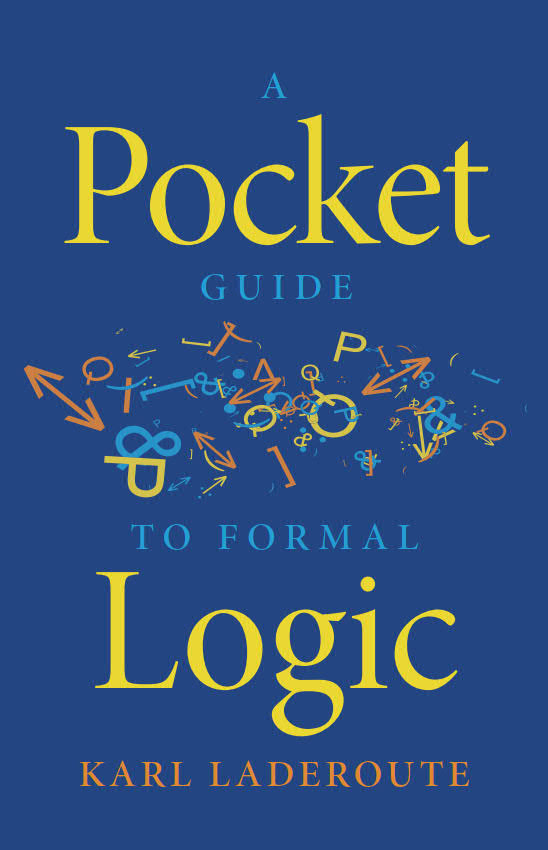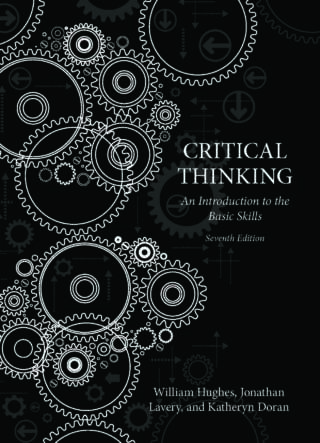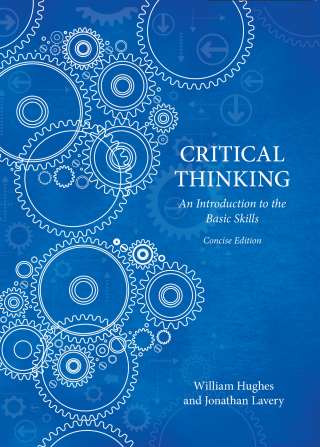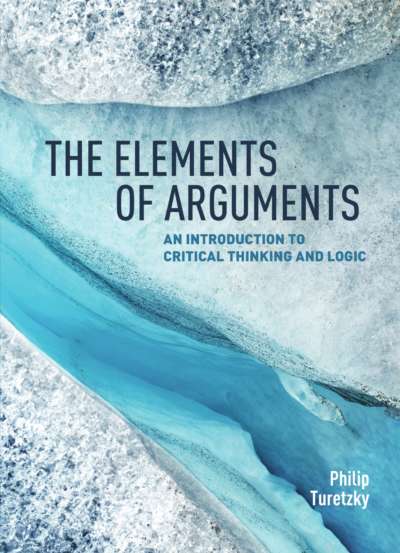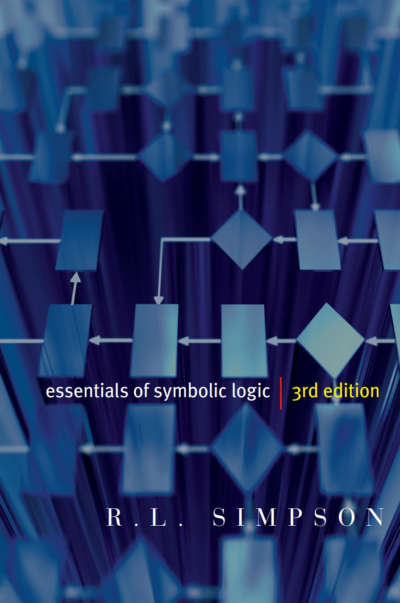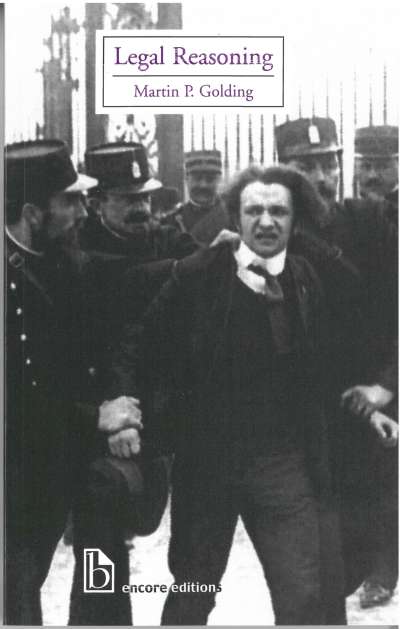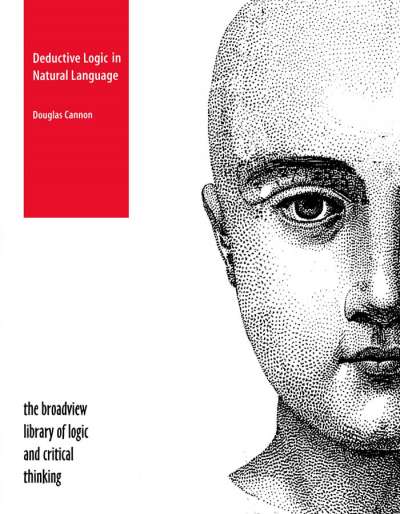A Pocket Guide to Formal Logic is a succinct primer meant especially for those without any prior background in logic. Its brevity makes it well-suited to introductory courses in critical thinking or introductory philosophy with a formal logic component, and its friendly tone offers a welcoming introduction to this often-intimidating subject. The book provides a focused presentation of common methods used in statement logic, including translations, truth tables, and proofs. Supplemental materials—including more detailed treatments of select methods and concepts as well as additional sample questions and answers—are available on a companion website.
Comments
“A Pocket Guide to Formal Logic is an excellent and very affordable introduction to sentence logic. The text covers symbolization, truth-tables, and proofs in a lucid and non-technical manner. I highly recommend this text to any instructor who wants to add a symbolic logic component to a course on logic and critical thinking.” — René Jagnow, University of Georgia
“Karl Laderoute manages to pack a lot of formal propositional logic into a relatively small space, and yet his book is friendly, moves at a peaceful pace, leaves out nothing germane to an introductory course, and explains well all the traditional topics of propositional logic. A Pocket Guide gets to the point, but is not hurried, nor is the discussion over-simplified. This is quite an achievement.” — Eric Dietrich, Binghamton University
“A Pocket Guide to Formal Logic is a concise, affordable, and gentle introduction to propositional logic. The proof system uses intuitive rules, and includes many redundant rules, so constructing proofs is a breeze. This book would be a good choice for many critical thinking courses in philosophy departments.” — Thomas Donaldson, Simon Fraser University
Preface for the Student
Preface for the Instructor
Acknowledgments
Part I: Translating into Statement Logic
- Chapter 1: Symbolization
- 1.1 Statements, Arguments, and Deduction
- 1.2 Simple Statements, Complex Statements, and Truth Values
- 1.3 Symbolizing Arguments
- 1.4 Practice Questions
- Chapter 2: Truth Tables
- 2.1 How to Read Truth Tables
- 2.2 Basic Rules of Truth Table Formation
- 2.3 Example Truth Tables
- 2.4 Practice Questions
- Chapter 3: Logical Operators
- 3.1 Negation
- 3.2 Conjunction
- 3.3 Disjunction
- 3.4 Implication
- 3.5 Biconditional
- 3.6 Example Truth Table Revisited
- 3.7 Practice Questions
- Chapter 4: Brackets and Well-Formed Formulas
- 4.1 Brackets and Well-Formed Formulas
- 4.2 Exclusive Disjunction
- 4.3 Practice Questions
Part II: Testing Validity with Truth Tables
- Chapter 5: The Long Truth Table Method
- 5.1 Validity and Soundness
- 5.2 The Long Truth Table Method for Testing Validity
- 5.3 Practice Questions
- Chapter 6: The Short Truth Table Method
- 6.1 Steps for Using the Short Truth Table Method
- 6.2 Examples of the Short Truth Table Method
- 6.3 Practice Questions
Part III: Demonstrating Validity with Proofs
- Chapter 7: Valid and Invalid Argument Forms
- 7.1 Modus ponens
- 7.2 Modus tollens
- 7.3 Hypothetical Syllogism (chain argument)
- 7.4 Disjunctive Syllogism
- 7.5 Invalid Argument Form: Affirming the Consequent
- 7.6 Invalid Argument Form: Denying the Antecedent
- 7.7 Practice Questions
- Chapter 8: Proofs
- 8.1 The Method of Proofs
- 8.2 How to Read and Write Proofs
- 8.3 Rules of Inference
- 8.4 Applying the Rules of Inference
- 8.5 Strategies for Approaching Proofs
- 8.6 Practice Questions
- Chapter 9: Advanced Proof Techniques: Conditional Proof and Indirect Proof
- 9.1 Conditional Proof
- 9.2 Indirect Proof (Reductio ad Absurdum)
- 9.3 Multiple Sub-Proofs
- 9.4 Practice Questions
- Chapter 10: Logical Equivalents and Complex Proofs
- 10.1 Logical Equivalents
- 10.2 Using Logical Equivalents
- 10.3 Practice Questions
Karl Laderoute holds a PhD in Philosophy from McMaster University in Hamilton, Ontario. He has taught philosophy at the University of Lethbridge and Trent University.
This book has two companion websites:
Supplemental resource site: All readers receive complimentary access to this site, which provides solutions to the book’s exercises as well as additional discussions of such topics as “pronouns and tenses in translation” and “Odd facts about validity”.
Instructor site: This site offers additional exercises (and their solutions). An access code to this website is included with all instructor copies of the book. If you received an instructor copy but don’t have an access code, please contact us.

